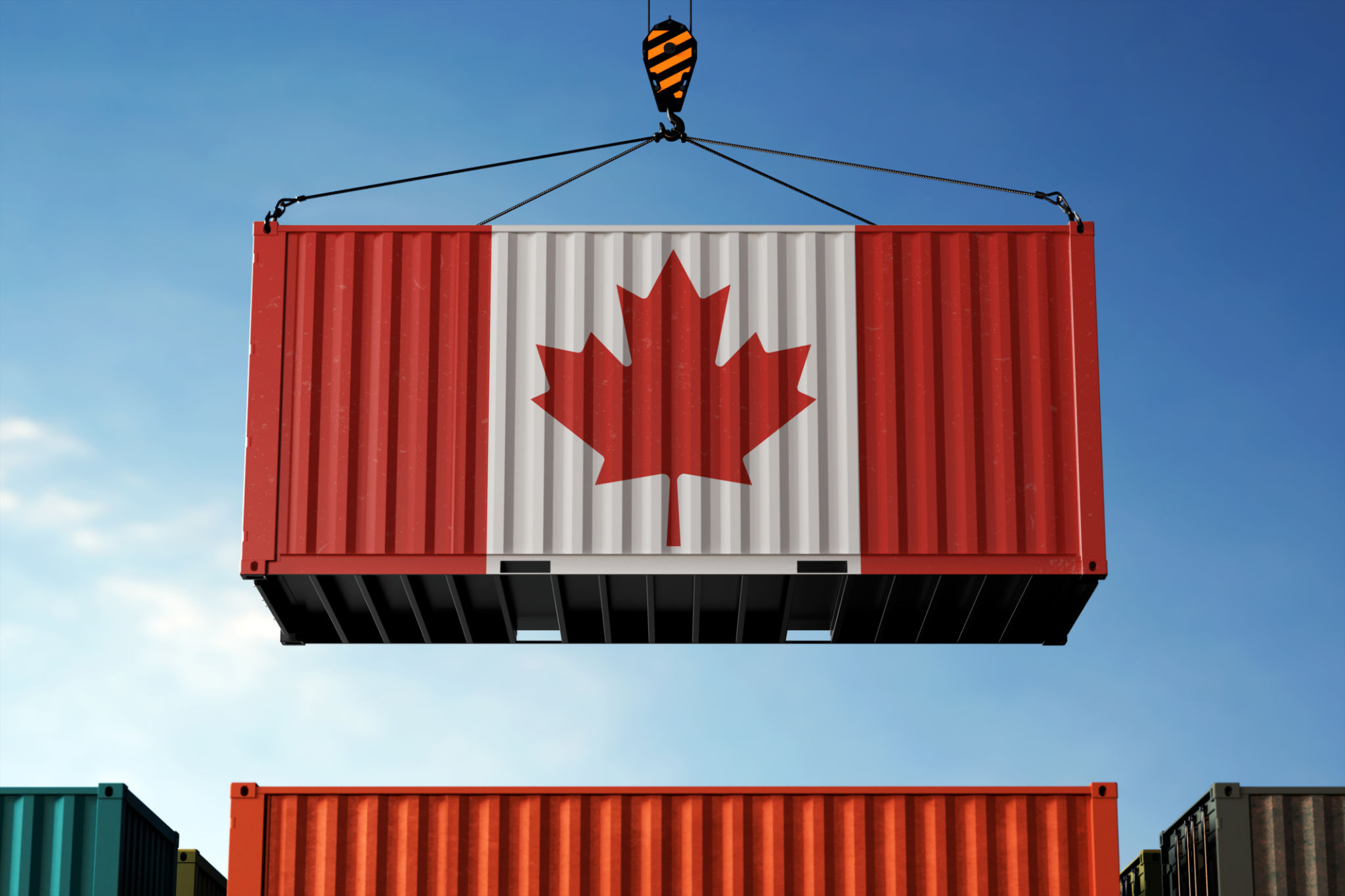The Ultimate Guide to Freight Transportation for Small Businesses
Understanding Freight Transportation
Freight transportation is a crucial component for small businesses that deal with physical products. Whether you are shipping raw materials to your manufacturing unit or delivering finished goods to your customers, understanding the different modes of freight transportation can significantly impact your business efficiency and cost-effectiveness. In this guide, we'll explore various aspects of freight transportation to help small businesses make informed decisions.

Modes of Freight Transportation
The primary modes of freight transportation are road, rail, air, and sea. Each mode has its own set of advantages and disadvantages, which must be carefully considered based on your business needs. Road transportation is ideal for short to medium distances and offers flexibility. Rail transportation is cost-effective for large volumes over long distances. Air transport, while expensive, is the fastest and best for perishable items. Sea freight is economical for international shipping but slower compared to other methods.
Choosing the Right Freight Provider
Selecting a reliable freight provider is essential for ensuring timely and safe delivery of goods. When evaluating potential partners, consider factors such as their track record, network coverage, service quality, and pricing structure. Look for providers that offer comprehensive tracking systems, as visibility into your shipment's location can greatly enhance operational efficiency and customer satisfaction.

Cost Management in Freight Transportation
Managing transportation costs can be a significant challenge for small businesses. One effective strategy is to negotiate better rates with freight providers by committing to regular shipments or utilizing their full range of services. Additionally, consider combining shipments when possible to maximize load efficiency. Understanding and optimizing your shipping routes can also contribute to cost savings.
Leveraging Technology in Freight Management
Technological advancements have introduced powerful tools for managing freight transportation. Implementing a transportation management system (TMS) can streamline operations by automating tasks such as route planning, load optimization, and shipment tracking. These systems can also provide valuable insights through data analytics, helping businesses make informed decisions to enhance supply chain efficiency.

Environmental Considerations
With increasing awareness of environmental impact, many small businesses are looking for ways to reduce their carbon footprint in freight transportation. Choosing eco-friendly options such as consolidated shipping or opting for providers with sustainable practices can be beneficial. Additionally, investing in energy-efficient vehicles or exploring alternative fuel options can further align your business with green initiatives.
Legal and Regulatory Compliance
Staying compliant with local and international regulations is critical in freight transportation. This includes adhering to safety standards, packaging regulations, and customs requirements when shipping internationally. Non-compliance can result in fines, delays, or damage to reputation. Keeping informed about changes in regulations and maintaining proper documentation will help ensure smooth operations.
By understanding the nuances of freight transportation and making strategic choices, small businesses can optimize their logistics processes, reduce costs, and improve overall operational efficiency. Whether it's through careful selection of transport modes or leveraging technology, there are numerous opportunities for small businesses to enhance their freight management strategies.
